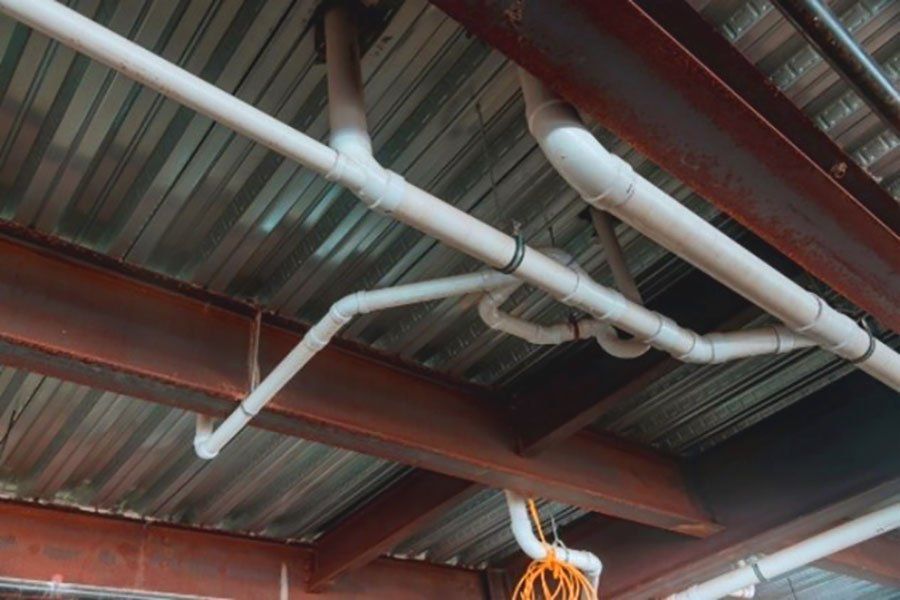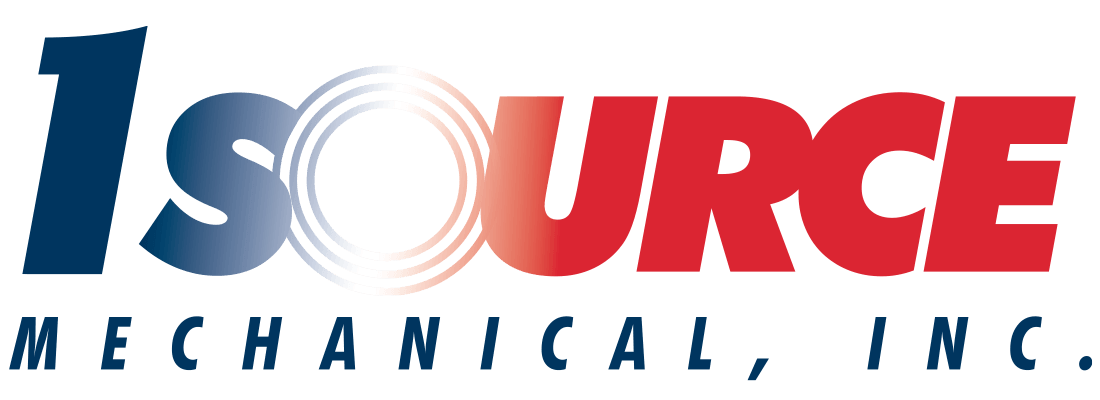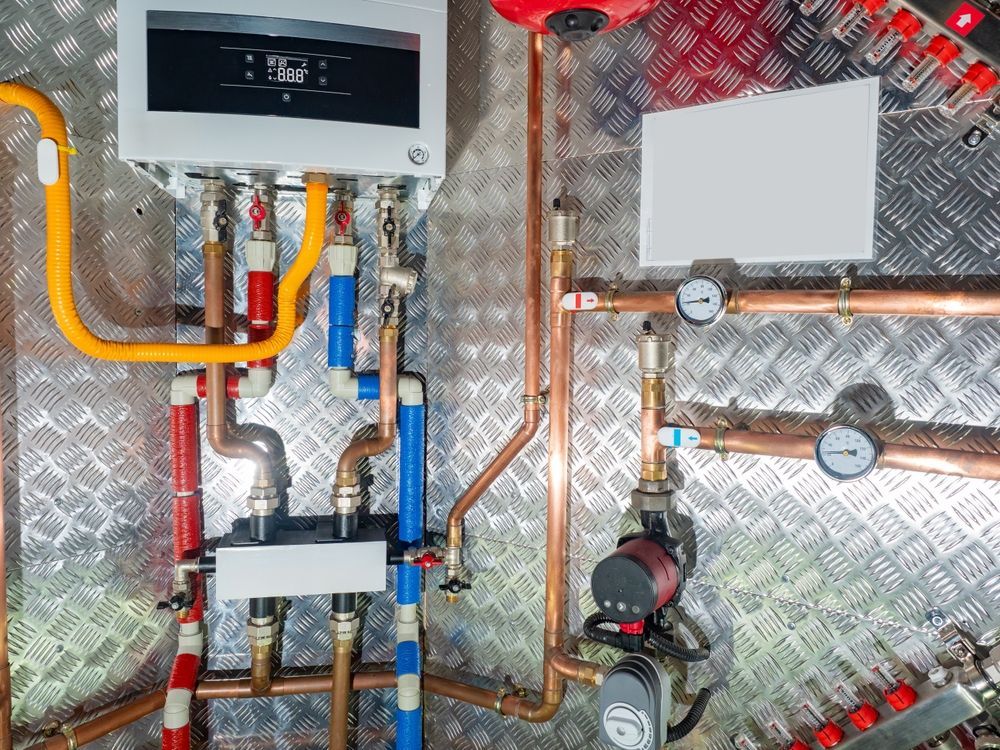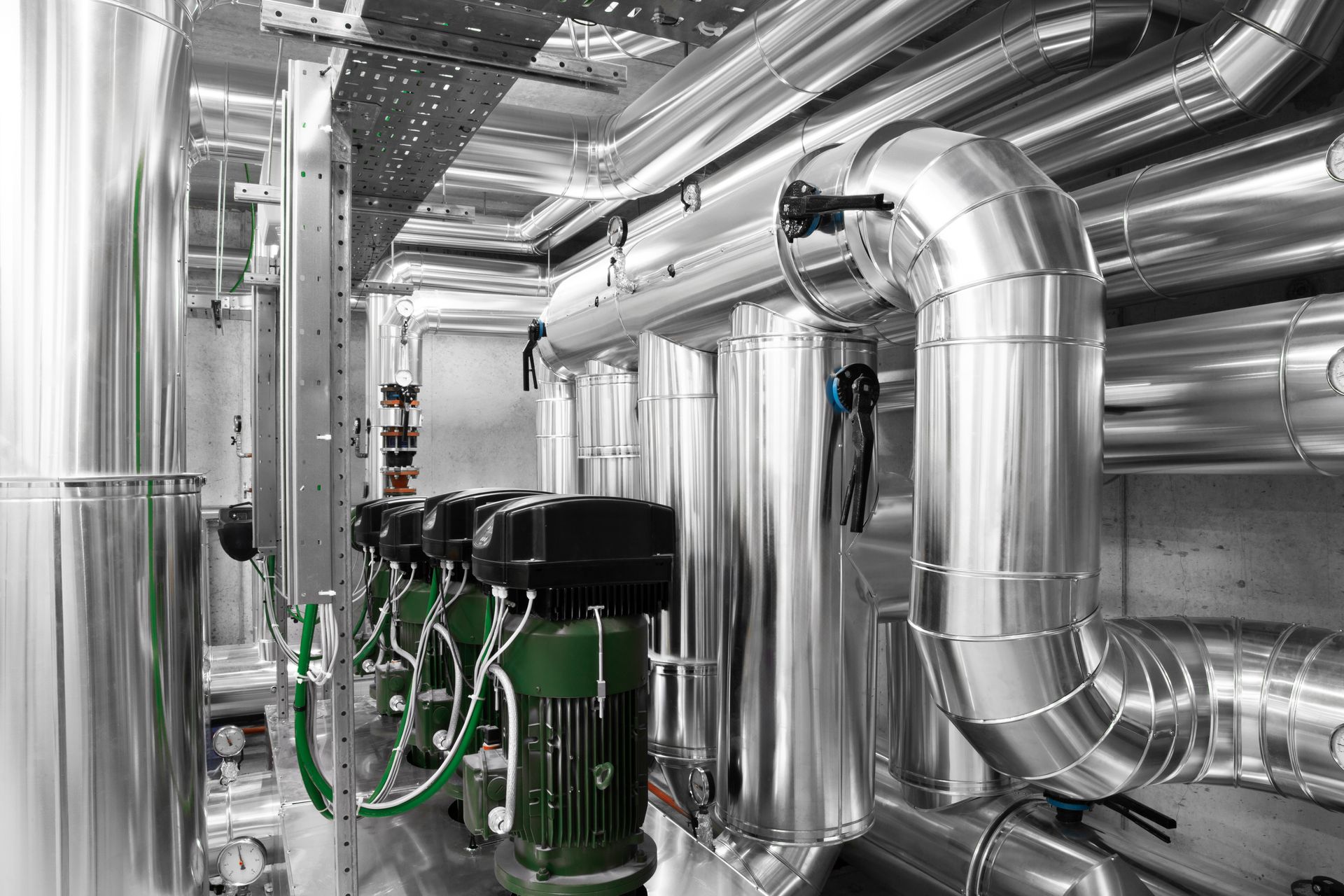Backflow Testing: Everything You Need to Know
We often take water for granted. In commercial spaces, employees typically do not consider where their drinking water comes from, because plumbing systems are kept out of sight (and out of mind).

Neatly stored away, few people plan for plumbing problems until something goes wrong. When an issue arises – especially an issue that could contaminate drinking water – organizations are often left unprepared. Although not every plumbing issue is preventable, proactive steps can be taken to reduce the risk of toxic plumbing troubles.
Backflow testing is one such proactive step.
In the content below, we dive into everything need to know about backflow testing services, including what it entails and why it is so important in preventing toxic plumbing issues.
What Is Backflow?
From toilets to fire-safety sprinklers, water is used in a multitude of different ways. Most individuals don't consider that water is much more than a simple, in-and-out process.
Water is drawn from a source, used, and then transported back into the sewage system. Right?
Yes. However, there is much more involved in the inner workings of your company's plumbing than meets the eye. For example, commercial water systems are divided into two supplies, potable and non-potable. Potable water is drinkable; non-potable water is toxic. As one may imagine, it's critical that these two water supplies remained separate.
In its simplest definition, backflow is the unwanted flow of potable or foul water in the reverse direction. When backflow occurs, drinking water is contaminated. This poses a serious health risk.
Why Does Backflow Occur?
Backflow occurs either due to backpressure or backsiphonage.
- Backpressure backflow occurs when the downstream pressure is greater than the supply pressure of the potable water supply within a system. A reduction in the potable water supply could occur when the amount being used is greater than the amount being supplied.
- Backsiphonage backflow is caused by negative pressure in supply piping, reversing the normal flow of the system. In this case, water is pushed back through the supply line.
In either case, non-potable water is mixed with potable water, affectively contaminating it.
What Backflow-Prevention Device Do I Need?
Backflow-prevention measures are implemented to prevent backflow from occurring. The specific tools utilized to prevent backflow depend on the risk of contamination. Risk is often categorized into five primary levels:
- Risk Level 1: Safe, potable water
- Risk Level 2: Aesthetic water quality altered
- Risk Level 3: Slight health risk
- Risk Level 4: Serious health risk (e.g. pesticides)
- Risk Level 5: Critical health risk (e.g. human waste)
The American Backflow Prevention Association (ABPA) writes, “The type of backflow prevention assembly required is determined by the degree of hazard. In other words, the severity of the actual or potential hazard will dictate what level of protection is necessary to adequately protect the drinking water.”
What Is Backflow Testing?
Backflow testing is the process of examining backflow-prevention devices to ensure they are keeping water lines free of contaminants. Testing is required for commercial and residential properties, such as condominium buildings, restaurants, businesses, and other public places.
What are the Backflow Testing Procedures?
Backflow testing follows a series of clear steps:
- Water in the tested device will be shut off for a brief period of time, often between 10-15 minutes.
- If applicable, fire systems located beneath tested devices will have to be put on test mode.
- Testing is completed.
- If the backflow device passes inspection, testing obligations are satisfied for a year.
- If the backflow device fails inspection, repair or replacement may need to be completed. Some backflow testing businesses, such as 1 Source Mechanical, complete needed repairs immediately after a failed inspection.
- Once repair or replacement is completed, the device will be tested once more.
Why is Backflow Testing Important?
Once the ins-and-outs of backflow have been discussed, the significance of testing is clear – backflow testing reveals the risk level of contaminated water.
When Do I Need a Backflow Test?
The Environmental Protection Agency requires that backflow-prevention devices be tested yearly. When a backflow test is due, your county will send out a notice at least one month in advance. Additionally, you are concerned about the safety of your drinking water, contact a backflow testing specialist. It is always best to be safe.
The ABPA further explores why backflow-preventers must be tested regularly:
"Mechanical backflow preventers have internal seals, springs, and moving parts that are subject to fouling, wear, or fatigue. Also, mechanical backflow preventers and air gaps can be bypassed. Therefore, all backflow preventers have to be tested periodically to ensure that they are functioning properly. A visual check of air gaps is sufficient, but mechanical backflow preventers have to be tested with properly calibrated gauge equipment."
Backflow Testing Done Right With 1 Source Mechanical
To meet safety standards, backflow testing must be performed by technicians with the proper skill, equipment, and knowledge of backflow testing procedures. Backflow prevention is not something to ignore – you don’t want contaminated water to catch you by surprise!
At 1 Source Mechanical, we are committed to exceptional service to businesses in Dekalb, DuPage, Cook, Kane, Kendall, and Winnebago Counties. We would love to hop on a call and answer your questions.
To get in touch with our team of experts, call 815.517.0501 (DeKalb Office) or 630.320.9393 (Oak Brook Office). Alternatively, complete our online contact form! We look forward to getting in touch.



